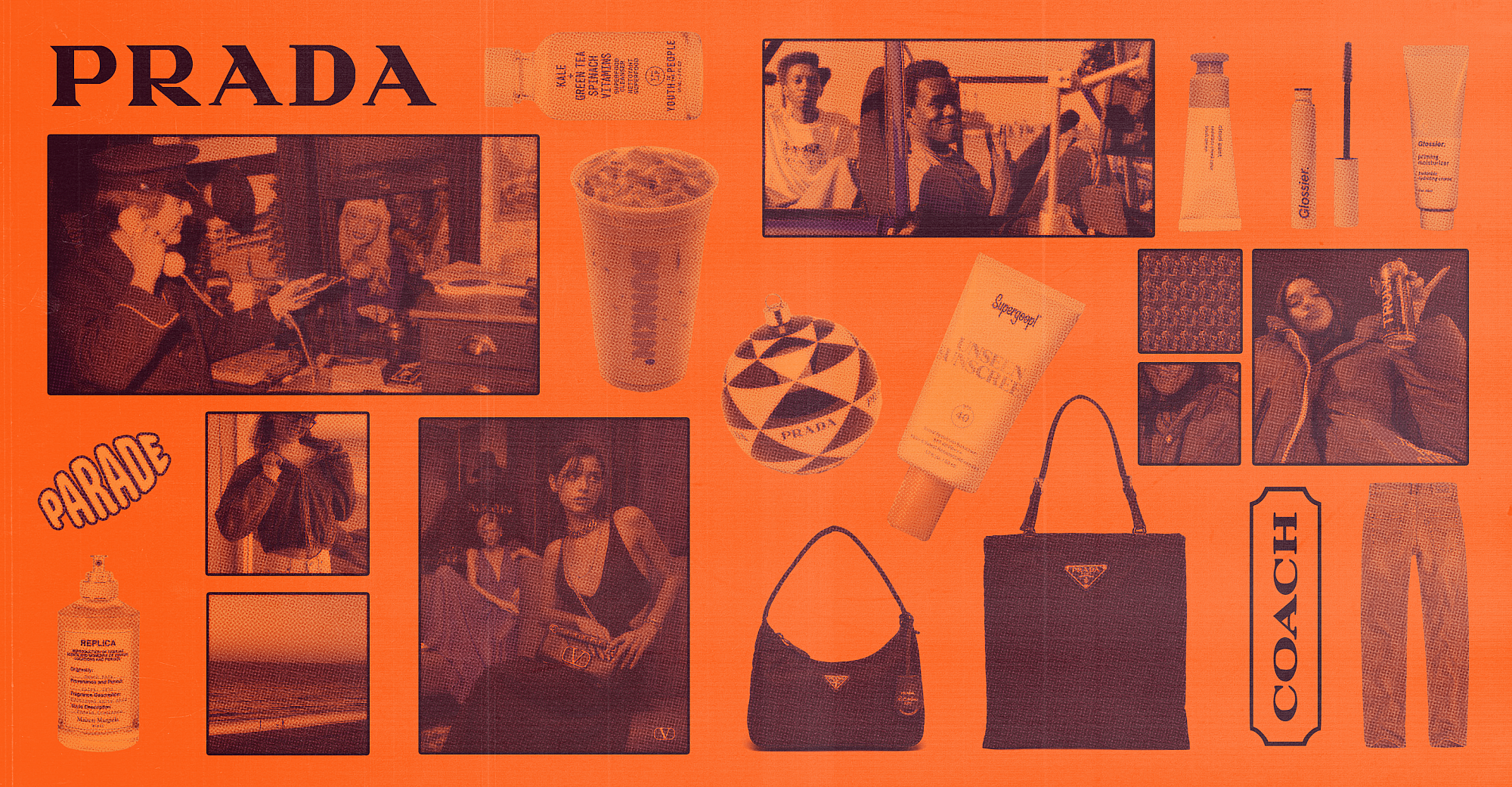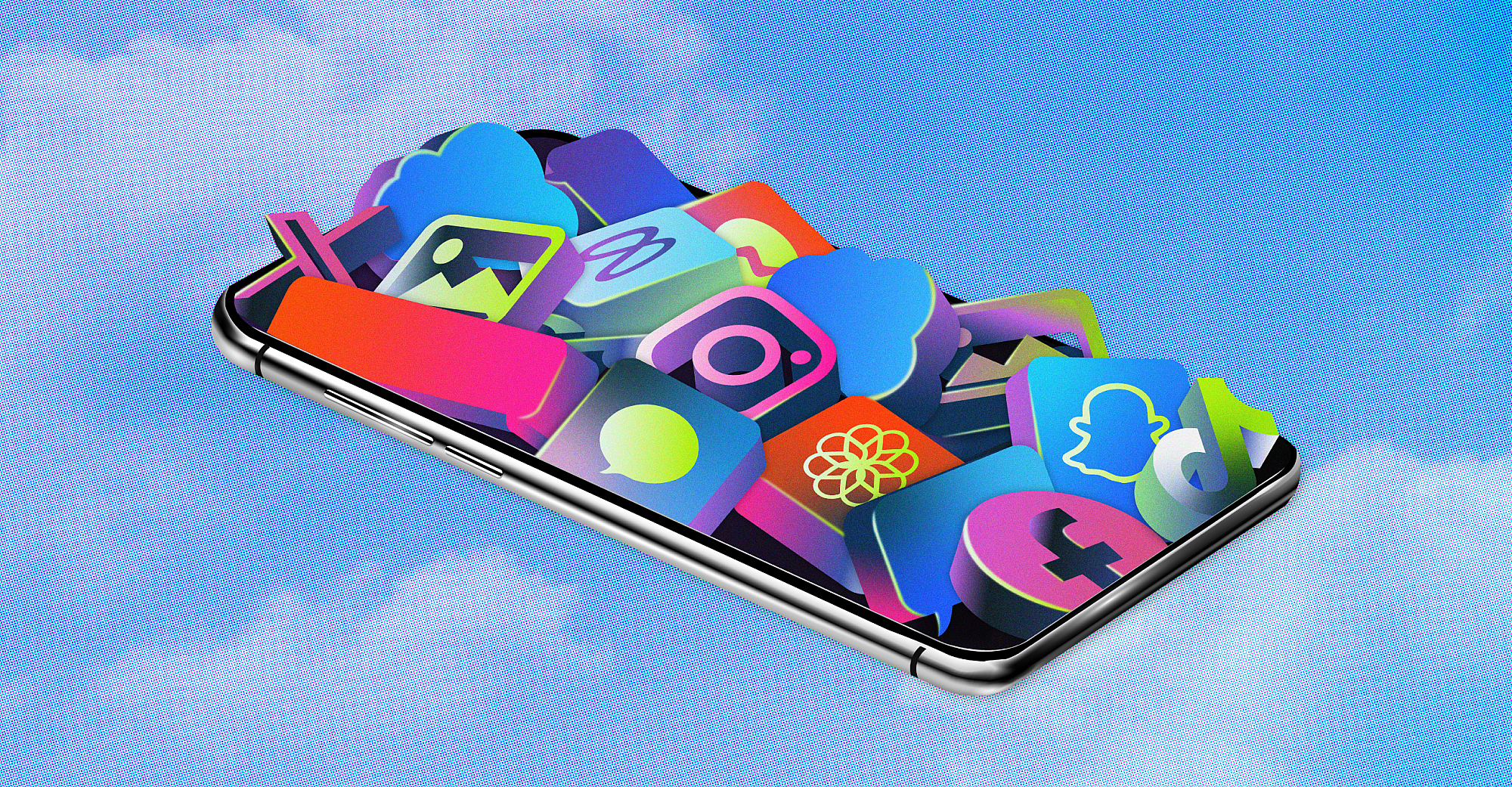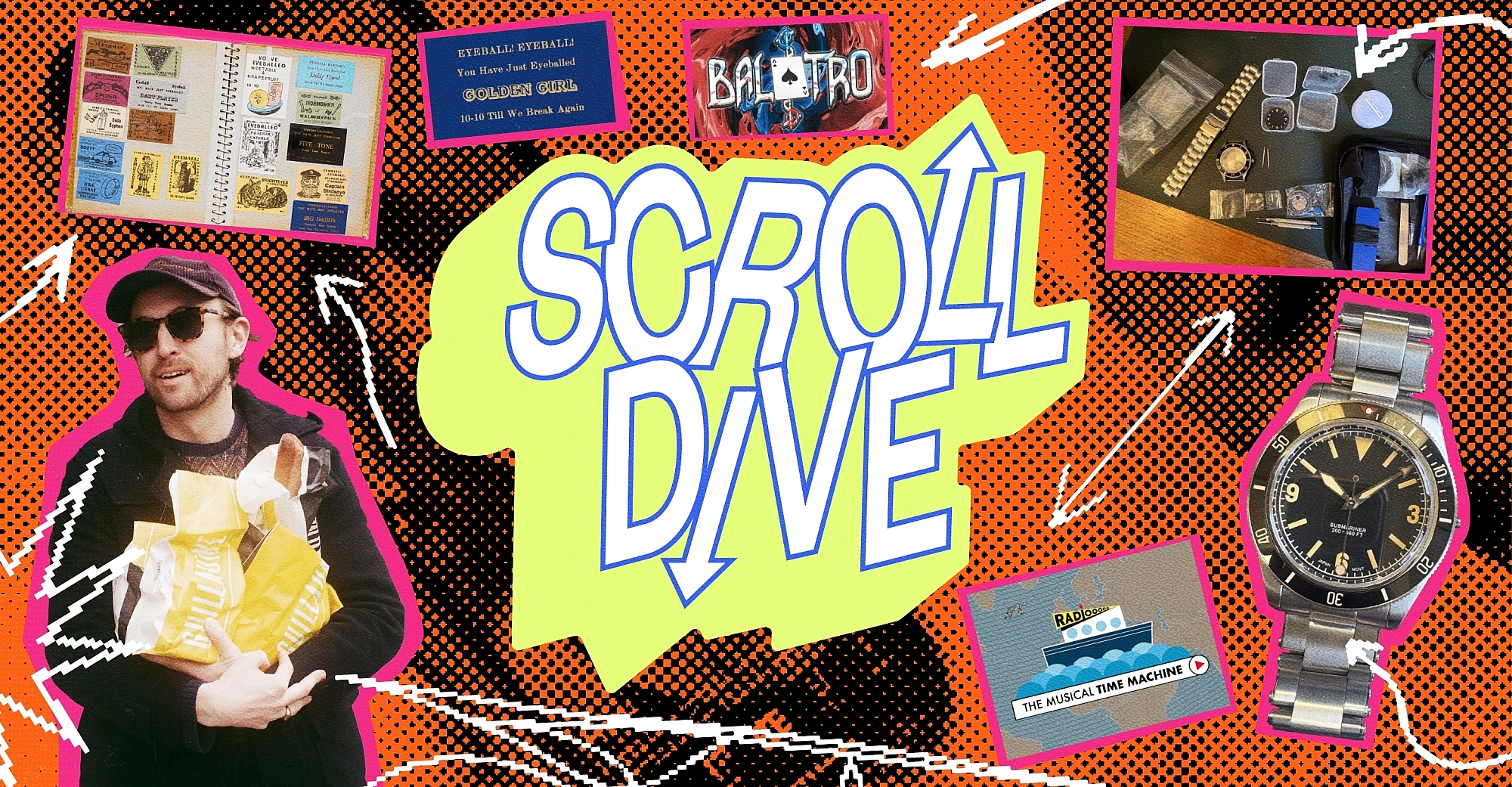The Rise of Performative Authenticity and How It's Affecting Brands

- Text Trey Taylor
In recent months, Instagram has become more casual. Photo dumps—carousels of effortless-looking candids, overexposed food and the occasional meme—are posted to signify throwaway moments, curated in an arbitrary sequence, to offer an overview of one’s recent life highlights. It’s a volume game that suggests if one pic doesn’t do it for you, keep swiping.
By supplanting less posed photos with disposable snaps, influencers are now advertising authenticity. They’re real and relatable, using the app like regular users who don’t seem to care as much about adding a filter before posting it. The effort to appear real, ironically, has resulted in content that feels even more performative.
“I have never been more stressed out in my entire life than I have been trying to casually photo dump on Instagram,” TikTok user and Substack fashion trends writer Alexandra Hildreth, aka @guyfieri.superfan, says in one recent video.
Authenticity became the central question around a recent Prada holiday gifting campaign, where influencers were sent a set of Christmas ornaments. Several of the resulting videos featured the creator unboxing the baubles, then accidentally knocking them over, smashing them to bits. Hands rushed to cover mouths in shock horror. After three TikToks from different users of the same fluky bauble smash started to rack up hundreds of thousands of views, a TikTok user caught on to what appeared to be a coordinated effort of orchestrated virality—is everyone really this clumsy? Or was breaking the ornaments in the brief?
“Working with influencers makes sense. The[y] are now more than ever shaping culture and trends. And they're winning over consumers more and more every day.”
Influencers trying to appear authentic has been happening at a macro level for “several years,” says Erin Amend, Day One’s VP of Culture, Community and Casting. She has worked for a decade in influencer marketing, specifically in the food and beverage space. The rise of authenticity, Amend attests, “started off in 2016, when Instagram Stories launched, and it was more about real-time content. With the pandemic and the growth of TikTok, it really catapulted this trend.”
For brands, she says, it’s more about rolling with the punches and reacting to what’s trending. Though there could have been a set of instructions sent by Prada (or its marketing agency) to break the ornaments on camera, making something connect with an audience doesn’t have to be masterminded by a marketing team.
“We don’t have to over-engineer [anything],” Amend says. “It's just about leaning into the cultural space and using influencers to your advantage to do that.”
With authenticity at the front of every brand and creator’s mind at the moment, it’s brands themselves that have the advantage. On Instagram, the photo dump offers more chances to ‘hit’ with your audience, according to Hildreth. (For owned social content, maybe it’s time to empty the drafts?)
Many brands have also shifted their strategies to build a cult of community, inching closer to brand as influencer. These include exploration in new places where it’s possible to build up a community of superfans, cultivating an organic fandom with no outside help. Discord—an instant messaging app that hosts “servers” to discuss certain topics—and NFTs, for example, have been go-to playgrounds for brands trying to show up unexpectedly. Last year, our #client Chipotle hosted a job fair on Discord that helped drive nearly 24,000 applicants. Elsewhere, London-based luxury retailer Selfridges is embracing the crypto community by selling NFTs in-store to bridge the chasm between digital goods and real-life shopping.
Does this diversification of strategies for reaching new audiences spell the end of influencer marketing? It’s unlikely. Influencers have long been a key part of many brands’ social media and campaign strategies, and that won’t change anytime soon. To wit, 97% of Gen Z consumers say they now use social media as their top source of shopping inspiration. It’s also where most of Gen Z’s attention is spent. “UGC accounts for 39% of media hours [consumed] versus 61% for traditional studio media, according to research from the Consumer Technology Association and YouGov.” But often there aren’t any KPIs set forth by which to measure the success of an influencer partnership.
“Every brand, and every campaign, is different. There’s no one size fits all,” says Amend. “But in general, working with influencers makes sense. The reason for working with them is influencers are now more than ever shaping culture and trends. And they're winning over consumers more and more every day. So there's stats out now that say 92% of consumers trust influencers over brand advertising, which is huge. One of the biggest benefits for brands [when working] with influencers is that they're able to lend their credibility [and] these built-in audiences who trust them. So you're able to tap into those audiences and gain that cultural relevance that brands wouldn’t otherwise be able to get on their own.”

Everyone is an influencer now. In the pandemic, the number of Gen Zers considering influencing as a viable career option skyrocketed in tandem with the rise of TikTok, ushering us into what New Yorker writer Chris Hayes has called “The Era of Mass Fame.” Many soon realized it wasn’t as easy as purchasing a ring light on Amazon and learning a well-choreographed routine. See Chase Keith (4.8M on TikTok) admit to fans on a TikTok live that he would have preferred a 9-to-5 or “an actual job” as opposed to being an influencer. See also: Netflix’s Hype House series, centered around the collective of influencers that has mostly disbanded by the time the show hit the streamer earlier this month.
A large swathe of influencers regret getting into the industry to begin with, but maybe, argues Jon Caramanica in the The New York Times, it’s this non-traditional route into the entertainment industry—assuming their fans will follow them off-platform—which sets up these kids for failure. Of all the moves from the #ForYou Page to film, TV, and music, “what you sense is the offscreen number-crunchers hoping to hang potential franchises on the heads and necks of these young people, who are less fully formed creative thinkers than fan-aggregation platforms in desperate need of content.”
This isn’t indicative of this entire microcosm of industry. However, it’s important to keep in mind how best to find value in these creators and what goals they have set out for themselves to reach. This is a two-way street. Can a brand help them achieve that?
“If you're trying to get brand awareness, your campaign is going to look vastly different than if you're trying to shift perception. So, what is this north star objective that we're trying to get with influencer?”
One interesting example is our #client Chipotle’s Creator Class, which takes a creator-first approach by investing in creators in an unprecedented way and redefining the transactional relationships between brands and influencers. By working with superfans of the brand on an ongoing basis, a lasting relationship is formed that prioritizes these creators for paid opportunities and offers them the opportunity to inform the future of the brand.
Amend suggests brands think of working with influencers via four pillars: strategy, casting, partnership, and evaluation. “Starting out in the strategy phase, the most important thing is to figure out what your objectives are,” she says. “If you're trying to get brand awareness, your campaign is going to look vastly different than if you're trying to shift perception. So, what is this north star objective that we're trying to get with influencer?”
All brand problems aren’t going to be solved in one single campaign but it’s key to focus on which one to two things a brand wants to communicate. “Insight is super important. What is the audience insight? What is the brand insight? What is the cultural insight that will help to route what the idea will ultimately be and then taking all of that stuff coupled with your budget to help inform how long a campaign should last.”
Influencers and brands are leaning more into authenticity. Platforms are being used by brands in novel ways to reach consumers and connect with fans. And content—at least in appearance—is becoming less planned. To work with influencers to amplify a message, it’s crucial to tap into cultural insights and lean on influencers to rewrite the brief in their own words, to craft content that will resonate with their own followers. And dare we suggest adding a piece that invests in the influencers or aligns with where the creator wants to go? (Free idea: What if a brand helped land Axel Webber a coveted spot at Juilliard?) That way, it’s a win-win for all parties.



